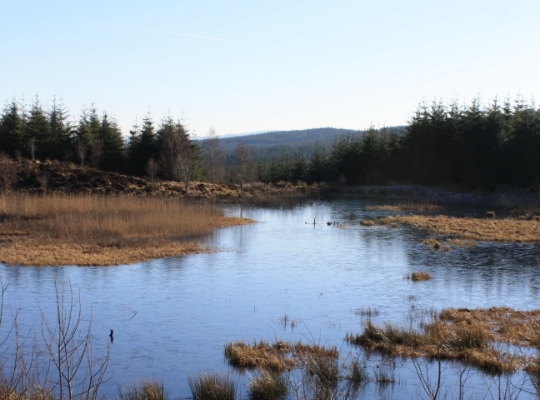Increasing the diversity of tree species can refer to changing tree species, increasing the overall number of different species, mixing species in stands or making use of different provenances.
There are strong reasons to diversify tree species in woodland and forests.
For further advice see the UKFS Practice Guide ‘Adapting forest and woodland management to the changing climate’
Printed copies are available to purchase from Forest Research.
"*" indicates required fields

The following risks may be reduced if the adaptation measure is applied appropriately:
An example of how diversification of tree species is helping to reduce wind risk in Scotland
The extent to which tree species diversification can be achieved will depend on management objectives, site conditions and the suitability of tree species for the site soil and climatic conditions. The free Forest Research species suitability tool ESC (Ecological Site Classification) provides important guidance and can help identify over 60 alternative tree species.
To help select the right species for the right site, the Forest Research tree species database contain information on a wide range of trees including provenance, site requirements and risks of pests and pathogens.